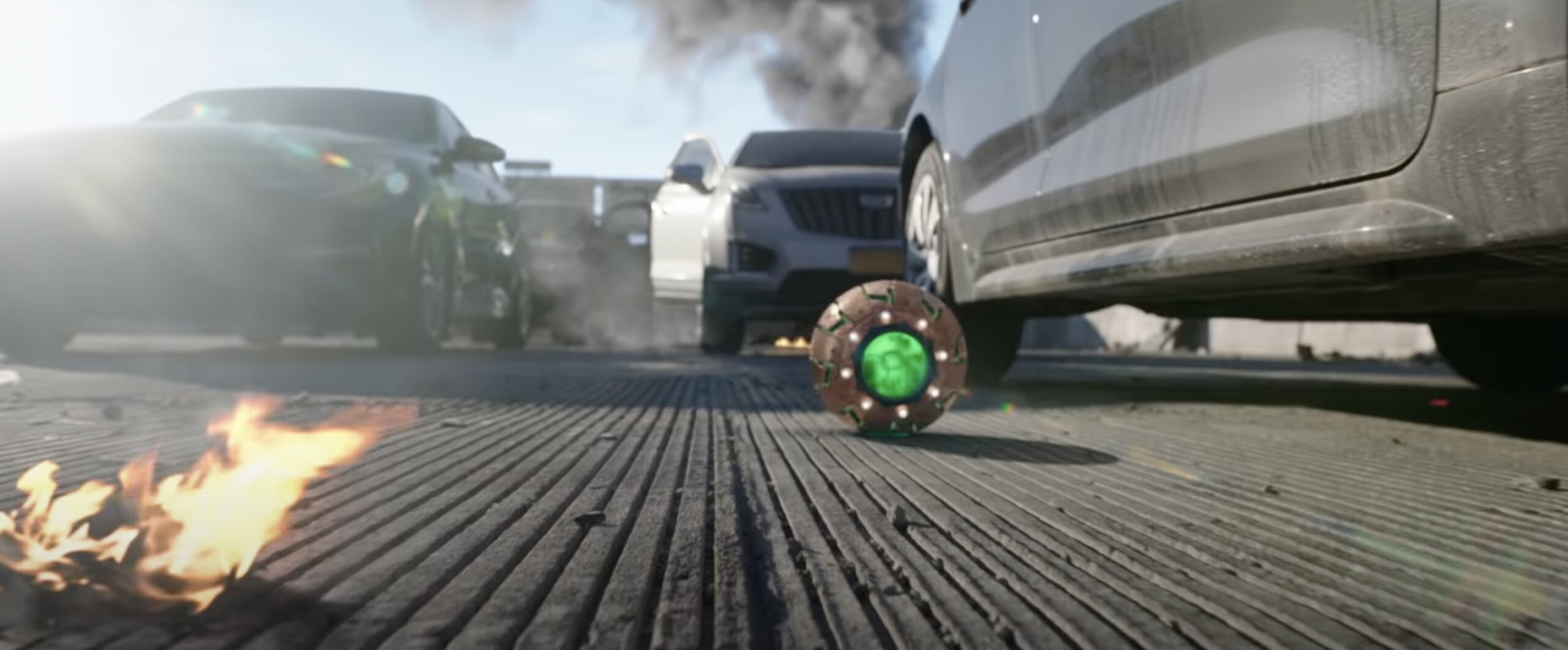Spider-Man: No Way Home Nails Its Villains

The concern that many Spider-Man fans had heading into No Way Home was that there were too many villains for Peter to take on and that it was going to result in a movie that was lacking in one way or another. Luckily for us all, we were gifted a beautiful movie that balances Peter Parker’s desire to save everyone he comes in contact with and fantastic moments from some of our favorite villains.
With the return of Willem Dafoe, Alfred Molina, Thomas Haden Church, Rhys Ifans, and Jamie Foxx, we ran a real risk of having too many villains, but it worked. It was glorious, and let’s break down why the return of villains past worked for Tom Holland’s third film as Peter Parker.
**Spoilers for Spider-Man: No Way Home lie ahead.**
The best way to talk about why these villains work is to break them down one by one because that is, in a way, what the movie does over and over again. Whenever it feels overwhelming for the audiences, it also feels that way for its characters, and the movie adjusts on how it tackles them, and it is a beautiful tactic for how to handle this many iconic characters in one film.
Starting with Norman Osborn himself, the movie pays homage to the villains from their original franchises while making them their own, and it just works.
Gobby’s back
Willem Dafoe’s Green Goblin is legendary for a reason. No one can master the artful switch between the Goblin and Norman in the way that Dafoe can, and there is a beautiful nuance to his performance in No Way Home that shows the real struggle between Norman and his “alter ego” in a way that makes his villainous turn that much more heartbreaking.
Norman is clearly lost and just trying to find his way back to his universe, and he turns to May for help. His struggle with his own sense of self is what forces May to tell Peter to “do the right thing” and try to help each of these villains. So, when Norman turns on Peter and May, resulting in May’s death, it hurts that much worse because Peter and May both trusted and believed that he was a good man trying to do good.
Otto’s redemption
With Doc Ock, he redeemed himself by the end of Spider-Man 2, so it wasn’t surprising that Spider-Man: No Way Home used Otto’s nature to its advantage, but the movie does an incredible job manipulating the audience into believing that they know what is going on, and yet, we’re tricked at every turn—especially when it comes to Otto.
The first to be “fixed” is Otto, and when the rest of the villains all lash out thanks to Goblin, it seems as if the chip that Peter put in Otto’s neck to counteract the arms may have gotten fried once again, especially when Otto shows up to the battle at the Statue of Liberty and seems to be threatening the Peters. Instead, he’s on their side and takes out Electro for them in a beautiful turn of events.
Flint’s goal
From the start of Flint Marko’s journey, he only wanted to be with his daughter. He wanted to be a better father for her, and all of his “villainous ways” come from a desire to be there for her. In No Way Home, that’s shown to us time and time again, and the only time we really see him acting out is when he’s trying to get back home. Every one else doesn’t want to leave, and yet, Flint does. He wants to be home with his daughter, and he’ll fight to get back to her.
Curt just wants more lizards
Look, Curt Connors may have started his mission to try to “fix” himself, but it resulted in him just trying to make everyone into lizards, and that’s pretty much his entire deal in No Way Home. Every other villain has some deep need to fulfill their destiny or work together to obtain power. Meanwhile, Curt is in the background just like “I can give you a makeover and you’ll be a lizard,” and everyone just sort of ignores him.
I love it, and I think it is a hilarious twist from everyone else and their deals as villains, and maybe we should just all be lizards?
Max’s quest for power
What we know about Max Dillon is that he was a “nobody,” and the fact that no one knew his name fueled his desire to gain power and recognition. That is extremely clear in No Way Home, as he feels the new power of this universe and desires to take it over for himself. His entire arc comes down to a simple conversation with Andrew Garfield about his brilliance when it is all said and done, but his quest for power is what ultimately takes it from him, and the movie does an incredible job with it.
Peter doesn’t do a perfect job because … when does Peter ever do something perfectly? But he manages to save his villains for the most part and stops them from returning home to meet their demise, and that’s why we love Peter as a hero. Kudos to Spider-Man: No Way Home for finding a way to navigate our hero and his most infamous foes.
(image: Marvel entertainment)
Want more stories like this? Become a subscriber and support the site!
—The Mary Sue has a strict comment policy that forbids, but is not limited to, personal insults toward anyone, hate speech, and trolling.—
Have a tip we should know? tips@themarysue.com